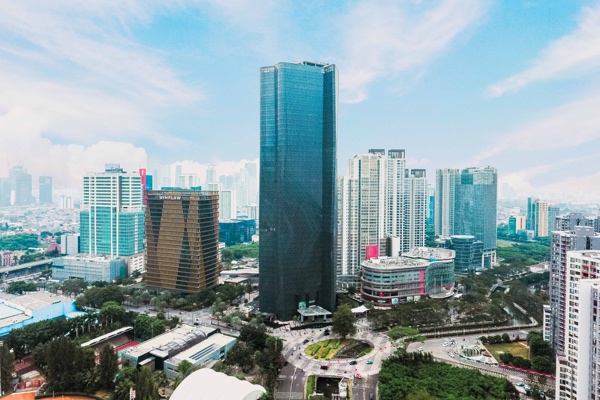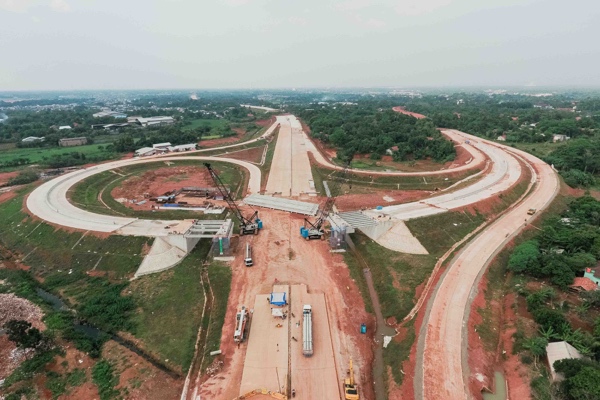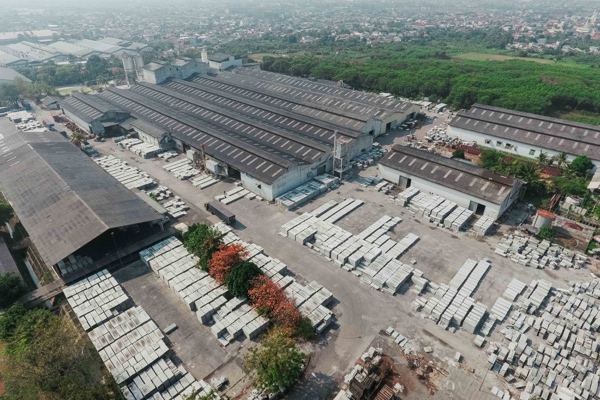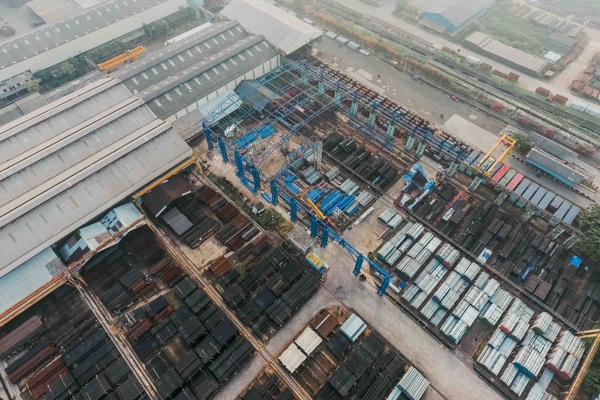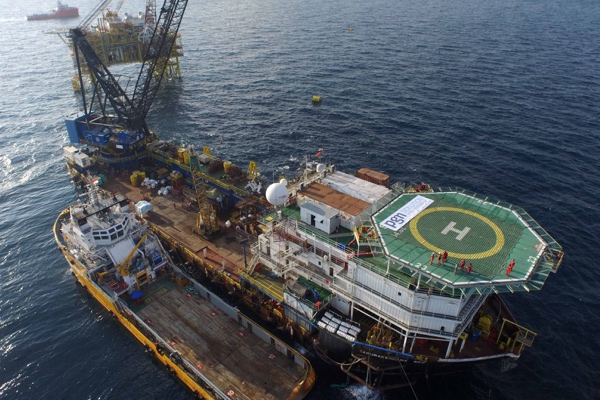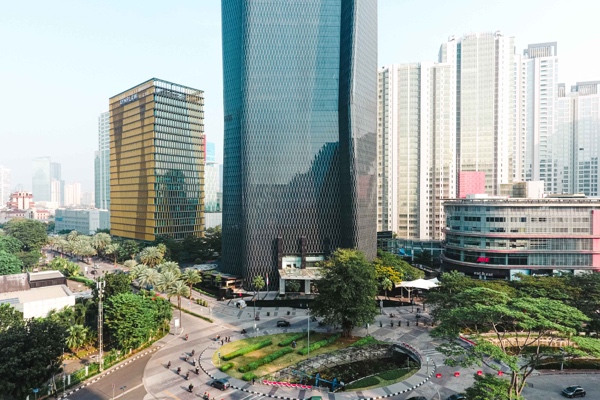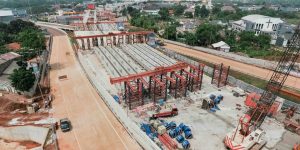The ‘Hilal’ of Economic Awakening is increasingly visible
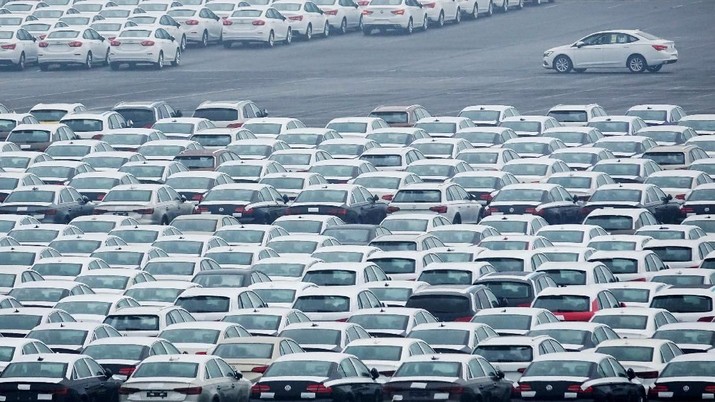
Source: Cnbcindonesia.com | 05 Jun 2020
Several economic indicators are starting to show that the economy is starting to get back on its feet as China’s economy continues to accelerate and the easing of lockdowns in various countries. However, considering that this crisis has never happened before, the speed of economic recovery is still facing major challenges, namely uncertainty.
An indicator that reflects that the economy is slowly improving is the Purchasing Managers Index (PMI). Manufacturing PMI figures in countries with the largest GDP contribution in the world, namely the G20 in May, increased.
However, the PMI figures for manufacturing in the majority of G20 member countries are still below 50 which indicates that the manufacturing sector is still in a contractionary state. Only China and South Africa have recorded that the PMI for manufacturing has reached the 50 level.
India and Indonesia experienced a very severe contraction in the manufacturing sector when compared to other G20 member countries. The PMI figures for India and Indonesia were at 27.4 and 27.5 respectively in April.
Turning to the services sector, the services PMI figures for May 2020 in the G20 countries have also indicated an improvement. Most countries still show a contraction because the figure is still below 50. Only China has its service sector expanded.
China is currently leading the economic recovery. Understandably, as the first infected country, China is also the first country to declare itself free from the shackles of the plague.
Entering March the number of new cases in China had dropped dramatically. This makes China more flexible to lift the lockdown, especially in Hubei Province, central China which is the epicenter of the outbreak.
Many countries that have contracted the outbreak have chosen the lockdown option following China’s lead. No less than 3 billion people in the world or nearly half of the world’s population have limited mobility. Because of the large scale of the restrictions, the International Monetary Fund (IMF) called it The Great Lockdown.
With this massive scale of restrictions, the global economy has ended up suffering badly as the wheels are driven by the mobility of people, goods, capital and labor. This widespread health crisis caused the global economy to experience a deep contraction.
In its April 2020 World Economic Outlook report, the IMF estimates that the global economy will contract by 3% in 2020 assuming that the outbreak will begin to subside in the second half of 2020.
The economic loss to be borne due to the pandemic of this century is estimated at US $ 9 trillion. Very fantastic, of course, because the figure is still greater than the economic output of Japan combined with Germany according to the IMF.
To save the economy from the downturn, the government and global central banks provide assistance to the public, entrepreneurs to the financial sector. However, it is clear that the scale varies depending on the capacity of each.
The IMF assesses that the global economy will grow 5.8% in 2021 after experiencing a contraction this year. However, remember, this calculation refers to the assumption that the outbreak has subsided in the second half of 2020. If until the second half of the outbreak it continues to spread or there is a second wave then economic activity could fall back down.

